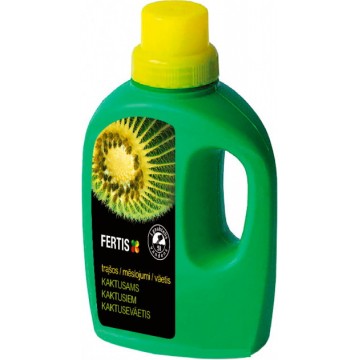All categories
-
Flower Bulbs add remove
-
Vegetable Seeds add remove
-
Seed lines:
- PROFI seed line
- Eco seeds
-
Professional Seeds add remove
-
Flower Seeds add remove
-
Seedlings add remove
- Small fruit plants add remove
- Ornamental shrubs
- Roses
-
Lawn seeds
-
Spice Seeds add remove
- Spice Seeds add remove
-
Seed Lines add remove
-
Seed Collections
-
 Microgreens
Microgreens
All categories
-
Flower Bulbs add remove
-
Vegetable Seeds add remove
-
Seed lines:
- PROFI seed line
- Eco seeds
-
Professional Seeds add remove
-
Flower Seeds add remove
-
Seedlings add remove
- Small fruit plants add remove
- Ornamental shrubs
- Roses
-
Lawn seeds
-
Spice Seeds add remove
- Spice Seeds add remove
-
Seed Lines add remove
-
Seed Collections
-
 Microgreens
Microgreens
- Choose category
-
-
- Flower Bulbs
- Vegetable Seeds
- Cucumber
- Tomato
- Pepper
- Zucchini
- Cabbage heads
- Dill
- Turnip Cabbage
- Cauliflower
- Pumpkins
- Carrots
- Parsley
- Leek
- Radish
- Salad
- Onions
- Bean
- Spinach
- Eggplants
- Spinach dock
- Watermelons, melons
- Celery
- Corn
- Chinese cabbage
- Strawberry seeds
- Arugula (Rucola)
- PROFI seed line
- Peas
- Other vegetables
- Autumn sowing
- Beet
- Eco seeds
- Microgreens
- Delux Garden
- Spice Seeds
- Professional Seeds
- Flower Seeds
- Seed kits
- Seedlings
- Lawns
- Garden Pest Control
- Soils & Mulches
- Fertilizers
- Fodder beet
- Extra offers
- Special Offers
- Flower Bulbs
There is 1 product.
Timely fertilisation and observance of all the necessary rules are the key to vigorous and healthy flower development
Once you have chosen the right fertiliser, it is essential to read the instructions carefully and follow the recommendations strictly. Under no circumstances should the dosage specified be exceeded. The formula (N, P, K) is usually indicated on the label and is the ratio of the main elements (nitrogen, phosphorus, potassium) expressed as a percentage. These elements are needed for vegetative growth, bud formation and flowering, as well as for the formation of the root system. Many fertilisers also contain more trace elements, such as copper, zinc, molybdenum, cobalt, boron and manganese.
Nitrogen is needed for vegetation, phosphorus for root and flower development, and potassium for overall plant strength and flower and fruit formation. Most fertilisers contain mineral elements in varying proportions. Fertilisers for indoor plants are divided into fertilisers for ornamental plants (high in nitrogen) and fertilisers for flowering plants (high in potassium). Fertilisers with micronutrients are fast-acting and are intended for the above-ground part of the plant. Micronutrient deficiencies are manifested by yellowing of the plant's veins or the surface between the veins.


